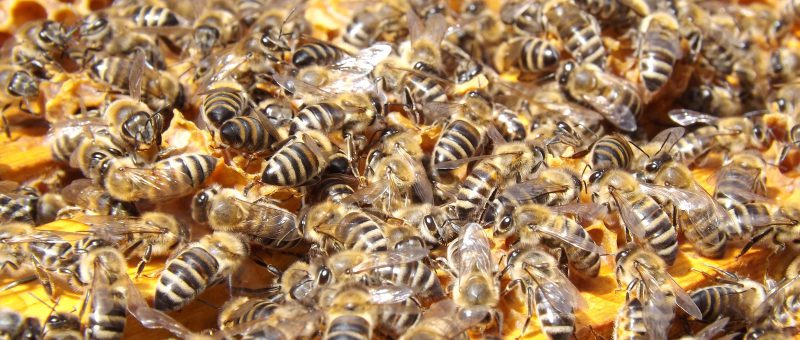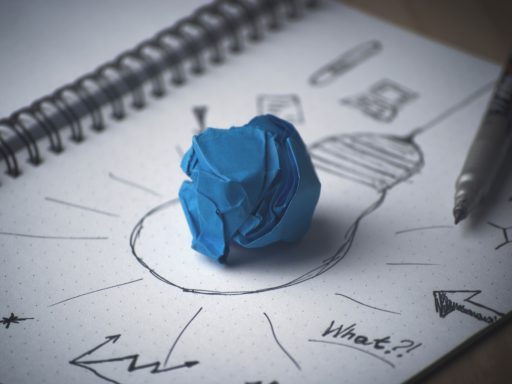Have you ever had or overheard a conversation like this?
“How are you?”
“Really busy.”
“That’s good!”
Busy-ness seems to be highly valued these days. But it’s not necessarily a good thing. In fact, it’s a scourge of our age.
Do you tweet during meetings? Check emails on your smartphone while watching TV? Find yourself texting several people at the same time as updating your social media feeds?
Multi-tasking might make you feel you’re being efficient – but switching between tasks reduces your efficiency because the human brain isn’t designed to work that way.
One theory is that it’s due to the way blood flows through the brain.
In order to think, problem-solve and create memories, the brain demands a steady supply of oxygen, glucose and nutrients via the blood. Blood helps generate new brain cells, improve communication between regions of the brain, and increase the growth of white matter. If you simultaneously activate several parts of your brain, incoming blood is distributed to the relevant areas, so reducing the volume of nutrients that can be devoted to any specific mental task.
Check the evidence
Back in 2005, Dr Glenn Wilson, psychiatrist at King’s College, London University conducted 80 clinical trials to monitor workers’ IQ throughout the day. He found that the IQ of people who were distracted by phone calls, emails and text messages could temporarily decrease by an average of 10 points (15 for men and 5 for women).
That’s a greater loss of IQ than someone smoking marijuana or missing a whole night’s sleep!
What’s more, chronic multi-taskers have increased levels of cortisol, the stress hormone, which can damage the memory region of the brain.
Sandra Bond, author of Make your Brain Smarter says: “Multi-tasking is a brain drain that exhausts the mind, zaps cognitive resources and, if left unchecked, condemns us to early mental decline and decreased sharpness.”
The brain is wired for deep and innovative thinking, but it can’t do more than one thing at a time. It toggles between one task and the next.
For example, scans show that when you talk on the phone, there is limited activation of the visual part of your brain – which is why it’s dangerous to have a phone conversation while driving (even hands-free).
The answer is focus: single-tasking, not multi-tasking
Focus may be common sense, but it may not be so easy to make a new habit. One reason is because the brain releases dopamine every time there’s an incoming ‘ping’ – this addictive neurotransmitter perpetuates the need for endless stimulation.
The good news is that it’s never too late to start single-tasking.
In a study of people aged 50 to 80 sponsored by the MetLife Mature Market Institute, the biggest predictor of sound decision-making was the ability to filter the most important information from less relevant data, and that strategic attention increases with age.
Business and busy-ness
There are times when you have to work on multiple areas at once – such as when launching a startup business like Akoni. The key is to ensure you are clear about your critical objectives, focus on delivering just one item at a time, and that you make optimal use of your time. Often, you need a well-functioning team to achieve this.
If you’re a leader, don’t let a culture of multi-tasking arise in your workplace. Do your bit by modelling best practice and your people will emulate the example you set.
Here are some tips you may find useful:
Minimise distractions so you can perform to your full potential. Turn off all notifications so you’re not interrupted. Only check your emails and voicemails once or twice a day.
Understand that ‘important’ and ‘urgent’ are not the same. Draw a four-box grid with urgent on one axis and important on the other. If a task is highly urgent AND highly important, do that first. If it’s important but not urgent, schedule a time to do it. If it’s urgent but not important, delegate the task. If it’s low on both scales, don’t do it at all.
Ensure you take regular breaks. Build in time to enjoy the simple pleasures such as family, meditation and the amazing outdoors. Fresh air is an excellent tonic to help with focus as it gives your mind the opportunity to relax while sharpening itself. Even looking out of the window for a few minutes will help to refresh you and create room for the next creative idea.
Make a ‘to do’ list, and do things sequentially. Start with the most important task and don’t do anything else until it’s finished.
Remember the story of the teacher who showed the students an empty jar. She filled it with rocks and asked “Is the jar full yet?”
“Yes,” they replied.
She then added some pebbles that settled around the rocks, and asked: “Is it full now?”
“Yes,” they replied, although less certain now.
Next, the teacher added sand to fill the gaps between the rocks and pebbles, and repeated her question.
Sure the jar was now completely full, the students said: “Yes.”
Finally, the teacher poured in a jugful of water, and filled the jar to overflowing. “Is it full now?” she asked.
“Yes,” the students confirmed.
“The moral of this story is that we all have the same number of hours in the day, and you have to fill them with the ‘big rocks’ first, otherwise there will be no room for the little things.
Follow these tips, and we hope you will eventually escape the curse of busy-ness and be able to increase your creativity and energy through focused single-tasking.
Akoni manages your cash while you focus on other important matters. Register free and set up your personalised Deposit Planner with over 300 business products at AkoniHub.com






